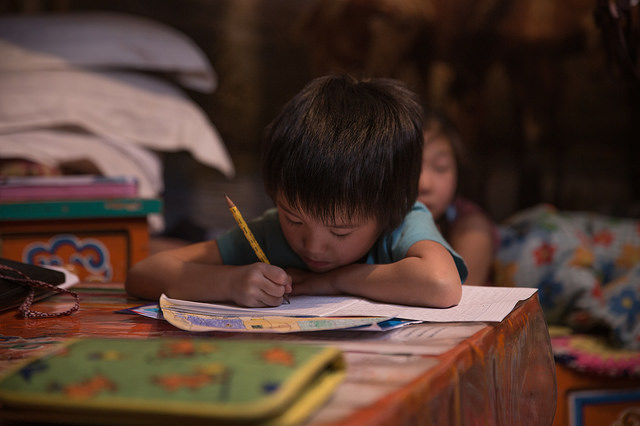Understanding the Importance of Native-Language Instruction
 In schools across the world, students find themselves at an inherent disadvantage because their classes are not taught in their native language. Native-language instruction is crucial to optimize a student’s success, for many reasons.
In schools across the world, students find themselves at an inherent disadvantage because their classes are not taught in their native language. Native-language instruction is crucial to optimize a student’s success, for many reasons.
Development of a student’s first language facilitates development in a second language. In other words, it is far easier to learn a second language when students already have a strong foundation in their first language. Knowledge and skills are also completely transferable from one language to another.
Native-language instruction also benefits a student’s overall well-being. Students enjoy school and are happier and more successful when they are taught in their own language. Conversely, students who are taught in a language other than their first language are more likely to fail early grades or drop out of school completely.
Girls are more likely to go to school and stay in school when the language of instruction is their first language, and parents are more likely to be involved in their children’s schooling. On a larger scale, native-language instruction emphasizes the importance of that language and its culture, and preserves the language for future generations.
Schools are typically taught in one of the national languages of a country. For example, Burundi recently declared that English was one of its national languages, so an increasing number of schools are now taught in English. This privileges urban students over rural ones. Urban students are more likely to already speak the national language or at least to have been exposed to it. Rural students are far more isolated and often enter school knowing only the language spoken at home.
In countries with large indigenous populations and a multitude of languages, the lack of resources is a barrier to adequate native-language instruction. It costs money to employ teachers who are fluent in each of the native languages, and to provide textbooks that are in those languages and are culturally appropriate.
In Mongolia, the Kazakhs are the largest minority. Until 2005, teachers were only given textbooks written in Mongolian, even when they were teaching in Kazakh. In Botswana, schools teach exclusively in English and Setswana, the national languages and the languages of the ethnic majorities. These languages are also core subjects in the national curriculum, and thus students are required to take and pass exams in those languages. This disadvantages indigenous children who enter school with no prior knowledge of English or Setswana.
There are many programs targeted at addressing bilingual students and bridging language gaps. In the Bronx, there are schools which alternate teaching in English and Spanish every other week, meeting the needs of students who are fluent in both languages and enhancing their bilingualism.
In the U.S. alone, 175 indigenous languages are still spoken. All but 50 of these are projected to be extinct by 2024. Project SEED (Scholarships for Economic and Educational Development) and AILDI (American Indian Language Development Institute) develop curriculum in, teach and work to preserve native languages. In Cameroon, indigenous peoples have created a culturally sensitive education policy called ORA (Observe, Reflect, Act) which is tailored specifically toward young Baka children.
For curriculum to be most effective, especially for disadvantaged and marginalized students, it should be in their language, culturally sensitive and incorporate indigenous culture and traditions.
– Olivia Bradley
Photo: Flickr
